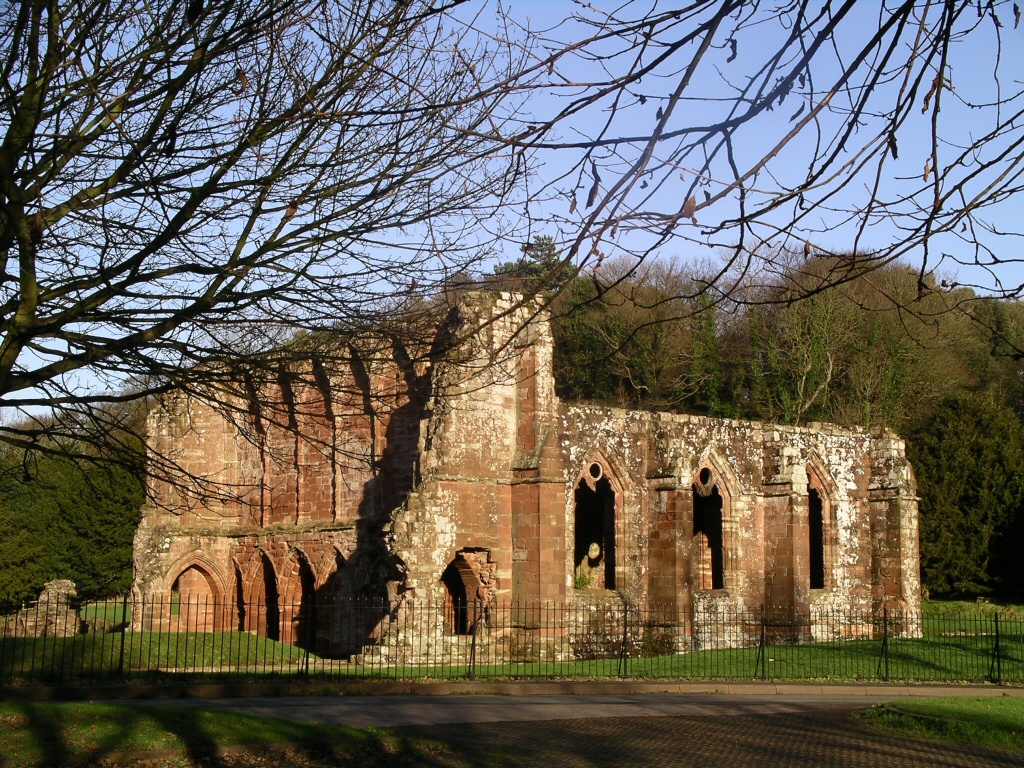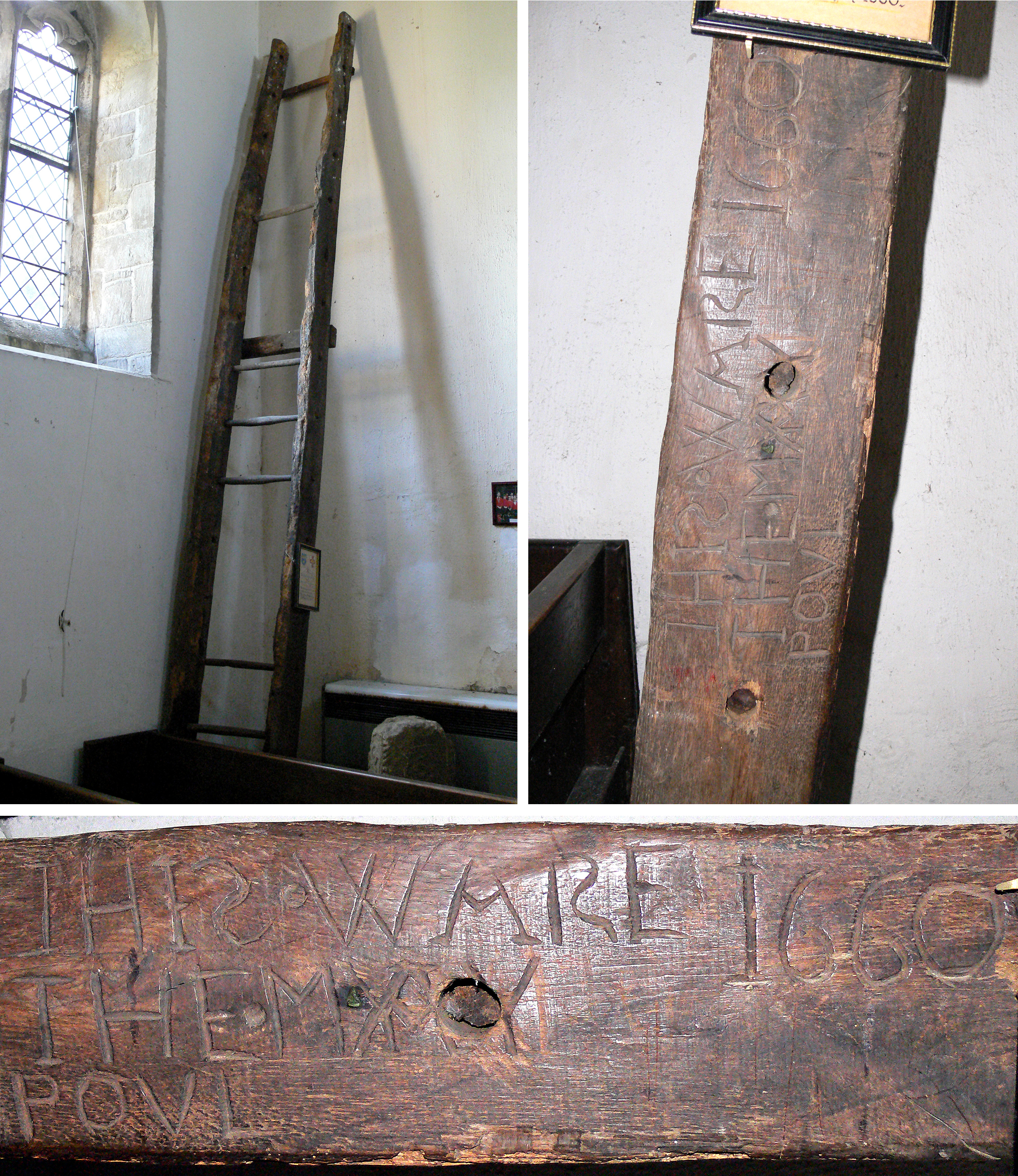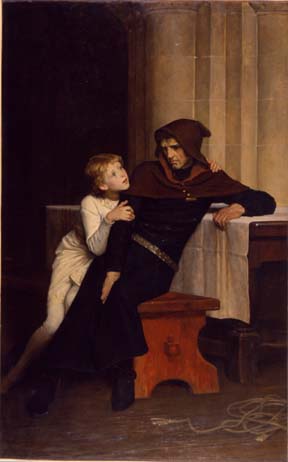|
William De Mowbray
William de Mowbray (–), lord of Thirsk and Mowbray, was a Norman Lord and English noble who was one of the twenty-five executors of '' Magna Carta''. He was described as being as small as a dwarf but very generous and valiant. Family origin William was the eldest son of Nigel de Mowbray, who died on crusade at Acre in 1191, by Mabel, probably daughter of William de Patri. His paternal grandfather was Roger de Mowbray. Career under Richard I Mowbray was in the company of Richard I in Speyer, Germany, on 20 November 1193 during Richard's period of captivity, perhaps having accompanied the monarch on his return from Palestine. In 1194 he had livery of his lands, paying a relief of £100. He was immediately called upon to pay a sum nearly as large as his share of the scutage levied towards Richard's ransom, for the payment of which he was one of the hostages. William was later a witness to Richard's treaty with Baldwin of Flanders in 1197. Career under John In 1215 Mowbray wa ... [...More Info...] [...Related Items...] OR: [Wikipedia] [Google] [Baidu] |
House Of Mowbray
The House of Mowbray () was an Anglo-Norman noble house, derived from Montbray in Normandy and founded by Roger de Mowbray, son of Nigel d'Aubigny.Clay, C., & Greenway, D. E. (2013). Early Yorkshire Families (Vol. 135). Cambridge University Press.de Aragon, R. (1982). The growth of secure inheritance in Anglo-Norman England. ''Journal of Medieval History'', 8(4), 381-391. Foundations Following the Norman conquest of England, Geoffrey de Montbray, bishop of Coutances, was granted some 280 English manors. His heir, his brother Roger's son, Robert de Mowbray, Earl of Northumbria, was forfeited and imprisoned for life on rebelling in 1095. His lands were confiscated and he was forced to divorce his wife, Matilda de L'Aigle, daughter of Richer, Lord of L'Aigle. His Mowbray lands would be granted to her new husband, a royal favourite, Nigel d'Aubigny. Nigel d'Aubigny was son of Roger d'Aubigny (of Saint-Martin-d'Aubigny) and with his brother William was an ardent supporter of He ... [...More Info...] [...Related Items...] OR: [Wikipedia] [Google] [Baidu] |
Roger De Mumbezon
Roger de Montbegon (Roger de Mumbezon, Roger de Mont Begon) (died 1226) was a landowner in northern England (especially or particularly Lancashire), baron of Hornby, and one of '' Magna Carta'' sureties. Though Matthew Paris Matthew Paris, also known as Matthew of Paris ( la, Matthæus Parisiensis, lit=Matthew the Parisian; c. 1200 – 1259), was an English Benedictine monk, chronicler, artist in illuminated manuscripts and cartographer, based at St Albans Abbey ... does not list him among his list of the sureties, several scholars have concluded that he appears there under the erroneous name of 'Roger de Mowbray'. Notes {{DEFAULTSORT:Montbegon, Roger de 12th-century births Year of birth unknown 1226 deaths 12th-century English people 13th-century English people Anglo-Normans Magna Carta barons People from Lancaster, Lancashire English feudal barons ... [...More Info...] [...Related Items...] OR: [Wikipedia] [Google] [Baidu] |
Baron Mowbray
Baron Mowbray is a title in the Peerage of England. It was created by writ for Roger de Mowbray in 1283. The title was united with the Barony of Segrave in 1368, when John Mowbray, 1st Earl of Nottingham and 5th Baron Mowbray succeeded to that title, and in the next generation, the Baron Mowbray was named Duke of Norfolk. With the childless death of Anne Mowbray, 8th Countess of Norfolk in c.1481, the Barony went into abeyance between the Howard and Berkeley families, and both styled themselves Baron Mowbray and Seagrave.George E. Cokayne, (H. A. Doubleday and Lord Howard de Walden, eds.), ''The Complete Peerage'', New edition, vol. 9 (1936), pp. 376-388, and Appendix G, pp. 45-57 In 1639, Henry Frederick Howard, later 22nd Earl of Arundel was summoned to Parliament as Baron Mowbray, which by modern usage would have represented a novel peerage, but an 1877 House of Lords ruling viewed this as affirmation of the prior termination of the abeyance of the original title. The Mowb ... [...More Info...] [...Related Items...] OR: [Wikipedia] [Google] [Baidu] |
Roger De Mowbray, 1st Baron Mowbray
Roger de Mowbray, 1st Baron Mowbray (1254 – 21 November 1297), was an English peer and soldier. The son of another Roger de Mowbray, and grandson of William de Mowbray, he served in the Welsh and Gascon Wars. He was summoned to the Parliament of Simon de Montfort in 1265, but such summonses have later been declared void. However, in 1283 he was summoned to Parliament by King Edward I as Lord Mowbray. Reprinted: 1985. Mowbray married Rose, a daughter of Richard de Clare, 6th Earl of Gloucester. They had at least two children: *John, who succeeded his father to the barony *Alexander, who apparently took up residence in Scotland. Roger de Mowbray was buried in Fountains Abbey. References See also * House of Mowbray Barons Mowbray {{England-baron-stub 1254 births 1297 deaths 13th-century English people Roger Roger is a given name, usually masculine, and a surname. The given name is derived from the Old French personal names ' and '. These names are of G ... [...More Info...] [...Related Items...] OR: [Wikipedia] [Google] [Baidu] |
William D'Aubigny, 3rd Earl Of Arundel
William d'Aubigny, 3rd Earl of Arundel, also called William de Albini IV, (before 1180 – 1 February 1221) was an English nobleman, a favourite of King John, and a participant in the Fifth Crusade. Lineage William was a son of William d'Aubigny, 2nd Earl of Arundel and Matilda de St Hilary, and grandson of Queen Adeliza of Leuven. A royal favourite William was a favourite of King John. He witnessed King John's concession of the kingdom to the Pope on 15 May 1213. On 14 June 1216 he joined Prince Louis (later Louis VIII of France) after King John abandoned Winchester. He returned to the allegiance of the King Henry III after the Royalist victory at Lincoln, on 14 July 1217. Death returning from the Fifth Crusade He joined in the Fifth Crusade (1217–1221), in 1218. He died on his journey home, in Caneill, Italy, near Rome, on 1 February 1221. News of his death reached England on 30 March 1221. He was brought home and buried at Wymondham Abbey. His title was inh ... [...More Info...] [...Related Items...] OR: [Wikipedia] [Google] [Baidu] |
Newburgh Priory
Newburgh Priory is a Grade 1 listed Tudor building near Coxwold, North Yorkshire, England. Originally a house of Augustinian canons, it was founded in 1145 and became a family home following the dissolution of the priory in 1538. The present house was built in the late 16th century, substantially remodelled by 4th Viscount Fauconberg 1725-45 and further restored in the 1960s. The 40 acres of grounds contain a water garden, walled garden, topiary yews and woodland walks. It is one of the rumoured burial sites of Oliver Cromwell. The house was once the home of the Bellasis family and the seat of the Earls of Fauconberg until the death of Lady Charlotte Bellayse in 1825, when the property passed to the Wombwell family via the eldest son of her sister, Sir George Wombwell, 3rd Baronet. History Roger de Mowbray founded the house of Augustinian canons in 1142–3 for canons of Bridlington first in a temporary settlement at Hook before the community could move in 1145 to Newbur ... [...More Info...] [...Related Items...] OR: [Wikipedia] [Google] [Baidu] |
Furness Abbey
Furness Abbey, or St. Mary of Furness, is a former Catholic monastery located to the north of Barrow-in-Furness, Cumbria, England. The abbey dates back to 1123 and was once the second-wealthiest and most powerful Cistercian monastery in the country, behind Fountains Abbey, prior to its dissolution during the English Reformation.History of the abbey The abbey contains a number of individual Grade I s and is a . History of the abbey Early history [...More Info...] [...Related Items...] OR: [Wikipedia] [Google] [Baidu] |
Castle Bytham
__NOTOC__ Castle Bytham is a village and civil parish of around 300 houses in South Kesteven, Lincolnshire, England. It is located 9 miles (15 km) north of Stamford and 9 miles (15 km) west of Bourne.The population was measured at 768 in 317 households at the 2011 census. At one time the village was an important commercial centre for the surrounding agricultural communities, but it is now largely a dormitory, although a number of farming families remain with a much reduced workforce. History The name 'Bytham' is first recorded in 1067 (as a monastery that rapidly translated to Vaudey Abbey), and comes from the Old English word ''bythme'' meaning ''Valley bottom, broad valley''. In the Domesday survey of 1086 the village was known as ''West Bytham'' as the castle had yet to be built. People have named the river that runs through the village the ''Tham'' or ''Am'' as a back-formation from the village name. Morkery Wood housed a former bomb dump during the Second W ... [...More Info...] [...Related Items...] OR: [Wikipedia] [Google] [Baidu] |
William II De Forz, 3rd Earl Of Albemarle
William is a male given name of Germanic origin.Hanks, Hardcastle and Hodges, ''Oxford Dictionary of First Names'', Oxford University Press, 2nd edition, , p. 276. It became very popular in the English language after the Norman conquest of England in 1066,All Things William"Meaning & Origin of the Name"/ref> and remained so throughout the Middle Ages and into the modern era. It is sometimes abbreviated "Wm." Shortened familiar versions in English include Will, Wills, Willy, Willie, Bill, and Billy. A common Irish form is Liam. Scottish diminutives include Wull, Willie or Wullie (as in Oor Wullie or the play ''Douglas''). Female forms are Willa, Willemina, Wilma and Wilhelmina. Etymology William is related to the given name ''Wilhelm'' (cf. Proto-Germanic ᚹᛁᛚᛃᚨᚺᛖᛚᛗᚨᛉ, ''*Wiljahelmaz'' > German ''Wilhelm'' and Old Norse ᚢᛁᛚᛋᛅᚼᛅᛚᛘᛅᛋ, ''Vilhjálmr''). By regular sound changes, the native, inherited English form of the name shoul ... [...More Info...] [...Related Items...] OR: [Wikipedia] [Google] [Baidu] |
Hubert De Burgh
Hubert de Burgh, Earl of Kent (; ; ; c.1170 – before 5 May 1243) was an English nobleman who served as Justiciar, Chief Justiciar of England and Ireland during the reigns of King John, King of England, John and of his son and successor King Henry III of England, Henry III and, as a consequence, was one of the most influential and powerful men in English politics in the thirteenth century. Origins Hubert de Burgh was born of unknown parents of Burgh-next-Aylsham, Norfolk. A case has been made for Hubert's father being Walter de Burgh, and his mother was named Alice. The family were minor landholders in Norfolk and Suffolk, from whom Hubert inherited at least four manors. His elder brother was William de Burgh (d. 1206), founder of the House of Burgh, de Burgh/Burke (surname), Burke/Bourke (surname), Bourke dynasty in Ireland, and his younger brothers were Geoffrey de Burgh, Geoffrey (Archdeacon of Norwich and later Bishop of Ely), and Thomas (castellan of Norwich Castle, Nor ... [...More Info...] [...Related Items...] OR: [Wikipedia] [Google] [Baidu] |
Banstead
Banstead is a town in the borough of Reigate and Banstead in Surrey, England. It is south of Sutton, south-west of Croydon, south-east of Kingston-upon-Thames, and south of Central London. On the North Downs, it is on three of the four main compass points separated from other settlements by open area buffers with Metropolitan Green Belt status. Banstead Downs, although a fragment of its larger historic area and spread between newer developments, is a Site of Special Scientific Interest (SSSI). One of the Banstead wards is "Banstead Village". The civil parish was abolished when Banstead Urban District was created. Both included many outlying parts as well as the main settlement. The contiguous ward of Nork, which contains Banstead station, shares in many amenities of Banstead and is included in county-level population analyses of Banstead but not the central-government-drawn Banstead Built-up Area. The latter takes in Burgh Heath and held 15,469 residents as at the 2011 ... [...More Info...] [...Related Items...] OR: [Wikipedia] [Google] [Baidu] |
William Marshal, 2nd Earl Of Pembroke
William Marshal, 2nd Earl of Pembroke ( French: ''Guillaume le Maréchal'') (11906 April 1231) was a medieval English nobleman and was one of Magna Carta sureties. He fought during the First Barons' War and was present at the Battle of Lincoln (1217) alongside his father William Marshal, 1st Earl of Pembroke, who led the English troops in that battle. He commissioned the first biography of a medieval knight to be written, called '' L'Histoire de Guillaume le Mareschal,'' in honour of his father''.'' Early life William was born in Normandy probably during the spring of 1190, the eldest son of William Marshal, 1st Earl of Pembroke, and his wife, Isabel de Clare, suo jure 4th Countess of Pembroke and Striguil. His early contract of marriage to Alice de Bethune in 1203 and his connections to Baldwin de Bethune the younger and the Aumale knight, Richard Siward, may indicate that he was at some time fostered with his father's ally, Baldwin, Count of Aumale. He was taken as hostage ... [...More Info...] [...Related Items...] OR: [Wikipedia] [Google] [Baidu] |





